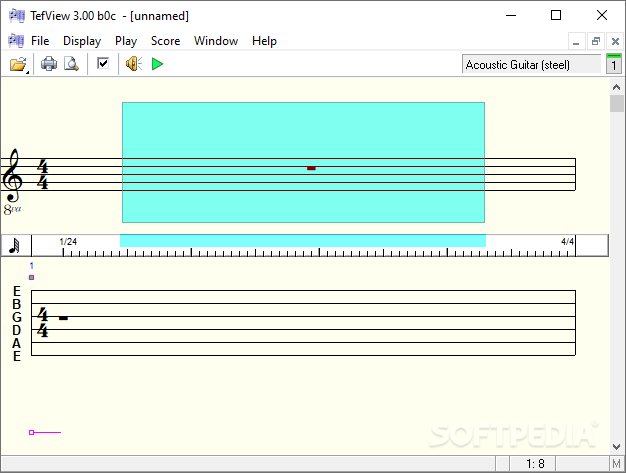

All markers have been shown to be altered by low energy availability but it is uncertain how they may be affected by training stress alone energy availability < 30 kcal/kg FFM/day or evidence of an energy deficit from food and training records, decreased BMD compared with prior dual-energy X-ray absorptiometry (DEXA) scan or Z-score less than − 1.0, score ≥ 8 on the Low Energy Availability in Females Questionnaire, decreased body mass or fat mass, a suppressed resting metabolic rate (RMR) ratio, decreased RMR relative to FFM, decreased resting muscle glycogen content, and changes in select biochemical markers that have been demonstrated to be altered in periods of LEA (see Table 1). Markers of LEA included a diagnosis of functional hypothalamic amenorrhea (FHA) as per clinical practice guidelines, an Table 1 Markers of low energy availability used for study inclusion RMR resting metabolic rate, FFM fat-free mass, BMD bone mineral density, DEXA dual-energy x-ray absorptiometry, T 3 triiodothyronine, IGF-1 insulin-like growth factor 1, EA energy availability Two of the following markers Functional hypothalamic amenorrhea as per clinical practice guidelines EA < 30 kcal/kg FFM/day or evidence of an energy deficit from food and training records Decreased BMD compared with prior DEXA scan or Z-score less than − 1.0 Score ≥ 8 on the Low Energy Availability in Females Questionnaire Decreased body mass, or fat mass measured by DEXA or sum of skin-folds Suppressed RMR ratio or decreased RMR relative to FFM Decreased resting muscle glycogen content Decreased levels of leptin, T 3, testosterone (males only), insulin, IGF-1, osteocalcin, procollagen 1 N-terminal propeptide Increased levels of hepcidin, cross-linked C-terminal telopeptide of type 1 collagen, growth hormone, β-hydroxybutyrate, and/or cortisol Markers only needed to be measured to meet the inclusion criteria for review (independent of direction of change).

For the second meta-analysis, comparisons were made for changes in exercise performance in athletes with ≥ 2 markers of LEA at the end of the training block.
Tefview 2.6 change pitch full#
Future research is required to determine the timeline in which full physiological recovery occurs post-contest and which strategies best support athlete health and performance during post-contest recovery. Three dietary strategies have been proposed to facilitate physiological recovery post-contest while bearing in mind body composition and future athlete outcomes (1) a gradual increase in energy intake to maintenance requirements, (2) ad libitum eating, (3) an immediate return to maintenance energy requirements. Six key factors were identified that directly impacted on physiological recovery post-contest: (1) body composition, (2) recovery dietary intake, (3) resting metabolic rate (RMR) restoration, (4) endocrine measures recovery, (5) menstrual cycle recovery, and (6) psychological aspects of recovery. The online search engines and databases Google Scholar, PubMed, and Scopus were searched systematically and 12 peer reviewed journal articles were included in the review.

This scoping review evaluates evidence-based recommendations for recovery in post-physique contests. The available literature emphasizes the negative consequences of extreme dieting associated with physique contests, yet offers only speculative suggestions to facilitate physiological recovery post-contest. To date, there is limited consensus on post-contest recovery recommendations for natural physique athletes.


 0 kommentar(er)
0 kommentar(er)
